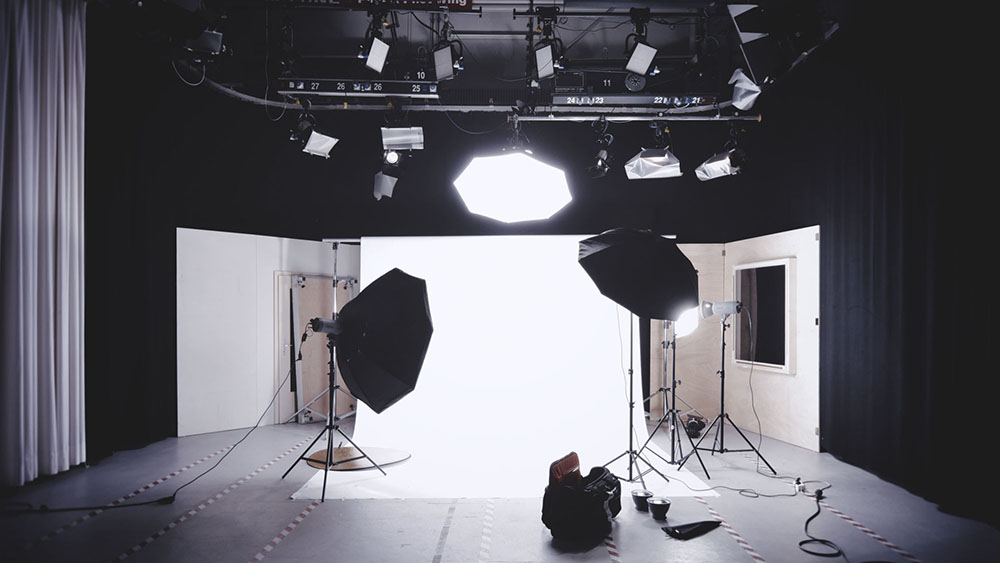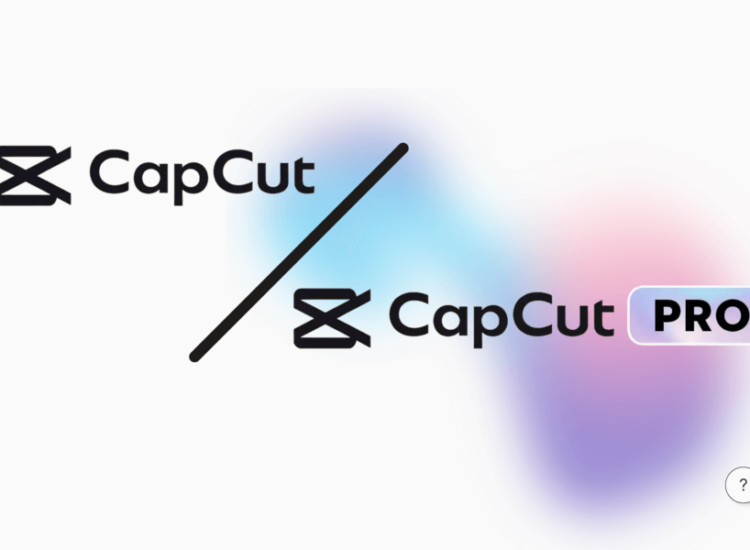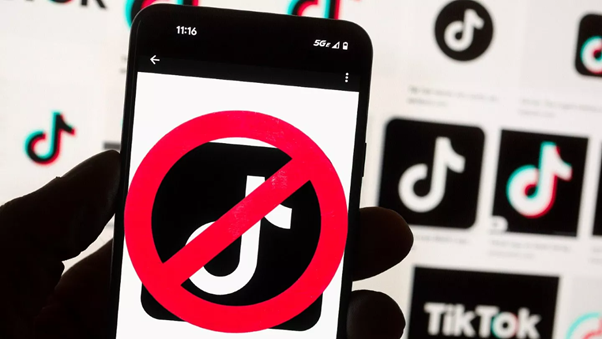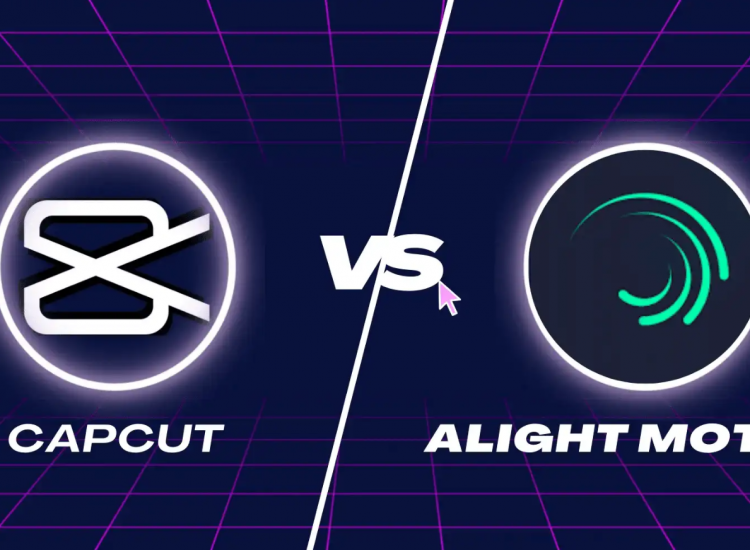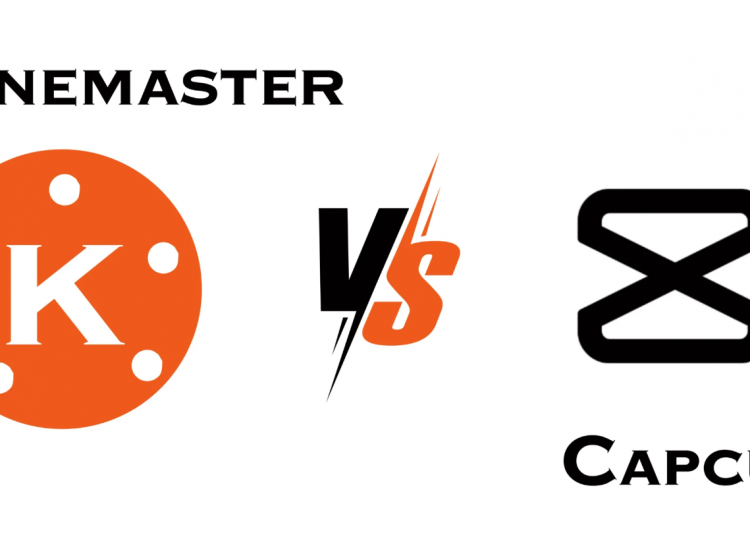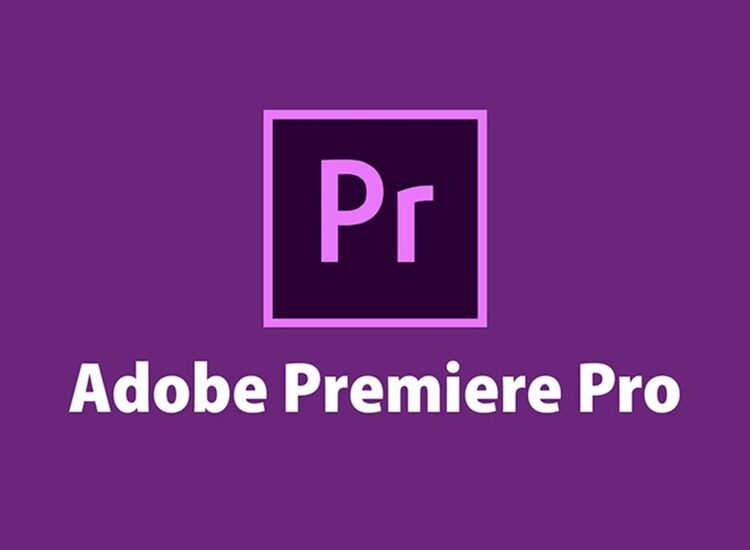The Unseen Pillars: The Critical Importance of Sound and Lighting in Video Production
Video production is a complex craft that combines visual and auditory elements to tell stories, convey information, and evoke emotions. While much attention is often given to camera equipment, resolution, and editing techniques, two fundamental pillars that silently hold up the entire production are sound and lighting. These are not mere technical details; they are powerful creative tools that profoundly impact viewer perception, engagement, and the overall success of a video. Neglecting either sound or lighting can undermine even the most compelling visuals or narrative, rendering a video ineffective or unprofessional.
The Foundational Role of Lighting: More Than Just Seeing
Lighting is arguably the most fundamental aspect of filmmaking and videography. At its most basic level, light allows the camera sensor to capture an image. Without adequate light, there is no picture. However, the role of lighting extends far beyond simple illumination. It is a primary tool for shaping the visual world presented on screen.
-
Visibility and Clarity: The most obvious function is to make subjects visible. Proper exposure, achieved through controlled lighting, ensures that the audience can clearly see what is happening, whether it’s an actor’s performance, a product detail, or important information presented visually. Poor lighting leads to underexposed (too dark) or overexposed (too bright) footage, making details lost or highlights blown out.
-
Shaping and Dimension: Lighting isn’t just about brightness; it’s about direction and quality. Light and shadow work together to reveal the form, texture, and depth of subjects. Flat, frontal lighting can make a person or object look two-dimensional. Using directional light from the side or above, combined with shadows, creates contours and volume, giving the image a sense of realism and dimensionality. This is the basis of techniques like three-point lighting (key light, fill light, backlight), which are designed to sculpt the subject and separate them from the background.
-
Creating Mood and Atmosphere: Lighting is a powerful emotional paintbrush. The type, color, and intensity of light immediately communicate mood and atmosphere to the viewer.
- High-key lighting (bright, even, minimal shadows) often suggests happiness, innocence, or a sterile environment (like a hospital). It’s common in comedies, musicals, and commercials for optimistic products.
- Low-key lighting (dark, high contrast, strong shadows) creates mystery, tension, drama, or intimacy. It’s characteristic of thrillers, horror films, film noir, and intense dramas.
- Color temperature (warm, cool) can evoke feelings – warm tones (oranges, yellows) for comfort, romance, or nostalgia; cool tones (blues, greens) for coldness, isolation, or futuristic settings.
-
Directing Viewer Attention: Lighting can be used strategically to highlight important elements within the frame and draw the viewer’s eye exactly where the filmmaker wants it to go. A spotlit character in a dark scene immediately becomes the focus. A crucial prop can be subtly emphasized with a touch of light. Conversely, distracting elements can be left in shadow.
-
Establishing Time and Place: The quality and direction of light often indicate the time of day (e.g., harsh midday sun vs. soft sunset light) or the setting (e.g., fluorescent office light vs. warm lamplight in a home). This contributes significantly to the realism and context of the scene.
In essence, lighting doesn’t just illuminate the frame; it crafts the visual narrative, influences perception, and sets the emotional stage for everything that unfolds. Poor lighting results in a flat, unappealing, and potentially distracting image that fails to connect with the audience on an aesthetic or emotional level.
Related articles 01:
1. https://cacutproapk.com/capcut-crafting-stunning-travel-videos-with-ease
2. https://cacutproapk.com/common-vlogging-mistakes-and-how-to-avoid-them-a-beginners-guide
3. https://cacutproapk.com/capcuts-latest-evolution-unpacking-the-newest-updates
4. https://cacutproapk.com/navigating-the-fast-lane-challenges-faced-by-sellers-on-tiktok
5. https://cacutproapk.com/capcut-vs-premiere-pro-a-david-and-goliath-showdown-in-video-editing
The Immersive Power of Sound: The Unsung Hero
While visuals capture immediate attention, sound is often the element that truly immerses the viewer and provides critical information and emotional depth. It’s often said that people will tolerate poor video quality more readily than poor audio quality. Distorted, inaudible, or distracting sound breaks the illusion and pulls the viewer out of the experience instantly.
-
Dialogue Clarity and Narrative Function: In most videos featuring people, dialogue is paramount. Clear, intelligible speech is essential for conveying information, character development, and advancing the plot. Poor audio quality – whether due to background noise, echo, low recording levels, or muffled microphones – makes dialogue difficult to understand, frustrating the viewer and making the video’s message lost. Sound also includes narration, voiceovers, and interviews, all serving to provide necessary context and information.
-
Establishing Environment and Realism: Ambient sound, or the natural soundscape of a location, is crucial for establishing the setting and enhancing realism. The subtle sounds of a city street, a quiet forest, a bustling market, or a sterile office provide auditory cues that reinforce the visual environment. These background sounds ground the scene in reality and make the visual space feel more alive and authentic.
-
Adding Impact with Sound Effects: Sound effects are powerful tools for emphasis, excitement, and storytelling. The crunch of footsteps on gravel, the slamming of a door, the impact of a punch, or the futuristic hum of technology all add layers of meaning and sensory detail that visuals alone cannot provide. Sound effects can heighten tension, add comedic timing, or simply make the on-screen action feel more impactful and believable.
-
Evoking Emotion with Music: Music is perhaps the most direct pathway to the viewer’s emotions. A well-chosen score or soundtrack can enhance mood, build suspense, create excitement, inspire sadness, or underscore triumph. Music guides the emotional arc of a video, telling the audience how to feel about what they are seeing. The absence of music or inappropriate music can leave a scene feeling flat or send conflicting emotional signals.
-
Directing Attention (Auditory Cues): Just as lighting directs the eye, sound can direct attention aurally. A sudden loud noise, a distinct sound effect, or dialogue can draw the viewer’s focus to a specific event or character, even if they are not immediately visible on screen.
Sound fills the space beyond the frame, provides continuity, offers information not seen, and directly manipulates the viewer’s emotional state. When sound is ignored, the video feels incomplete, hollow, and often frustrating to watch.
The Synergy: Sound and Light Working in Concert
While important individually, the true power of sound and lighting is unleashed when they work together harmoniously. They are two sides of the same coin, contributing jointly to the overall aesthetic, mood, and message.
Related articles 02:
1. https://cacutproapk.com/capcuts-latest-evolution-unpacking-the-newest-updates
2. https://cacutproapk.com/capcut-vs-picsart-which-app-reigns-supreme-for-editing-in-2024
4. https://cacutproapk.com/capcut-crafting-stunning-travel-videos-with-ease
5. https://cacutproapk.com/capcut-vs-alight-motion-which-mobile-video-editor-is-best-for-you
Consider a dark, rainy night scene. The low-key lighting with glistening wet surfaces sets a visual mood of melancholy or danger. This is powerfully enhanced by the sound of falling rain, distant thunder, and perhaps a lonely, evocative musical theme. The combined sensory input creates a palpable atmosphere that neither element could achieve on its own.
Conversely, imagine a bright, cheerful scene in a park. High-key lighting creates a sense of openness and joy. This is complemented by sounds of birds singing, children laughing, and perhaps upbeat, optimistic music. The congruence between the bright visuals and pleasant sounds reinforces the positive tone.
Filmmakers and video producers constantly consider how sound and light will interact. Will the lighting create shadows that hide a source of sound? Will a loud sound effect require a sudden change in lighting? Planning for both simultaneously during pre-production and production is crucial for achieving a cohesive and impactful final product. They inform each other; the desired soundscape might influence the choice of location and therefore the available light, and vice versa.
The Consequences of Neglect
Failing to give sound and lighting their due importance has immediate and detrimental consequences:
- A video with poor lighting looks amateurish, underexposed areas hide details, and flat lighting makes everything look bland.
- A video with poor sound is frustrating to watch. Inaudible dialogue means the message is lost, and distracting noise makes it unwatchable.
- The intended mood or tone is not conveyed, leaving the audience confused or disconnected.
- Credibility is damaged. A poorly lit or bad-sounding video suggests a lack of care and professionalism, regardless of the quality of the content itself.
- Viewer engagement plummets. People quickly disengage from videos that are hard to see or hear.
In today’s saturated media landscape, capturing and holding audience attention is challenging. Videos that neglect sound and lighting immediately put themselves at a disadvantage.
Conclusion
In the art and craft of video production, sound and lighting are not afterthoughts or optional enhancements; they are integral components that are just as critical as the visuals themselves. Lighting is the sculptor of the visual space, creating clarity, depth, and mood. Sound is the architect of the auditory experience, providing information, realism, and emotional resonance. When used together effectively, they create a powerful, immersive, and coherent sensory experience that captures the viewer’s attention, conveys the intended message with clarity and impact, and leaves a lasting impression. For any video creator aiming for professionalism and effectiveness, mastering the principles and practice of good sound recording and thoughtful lighting design is not just important – it is essential.


